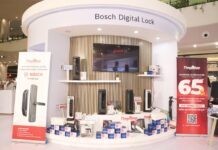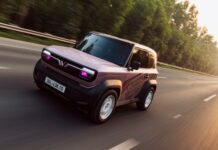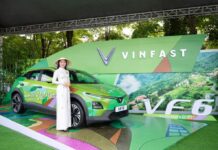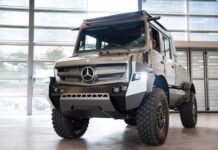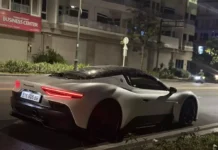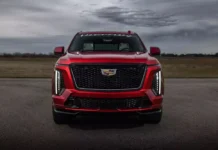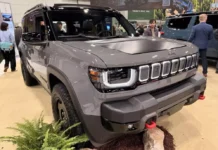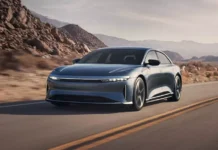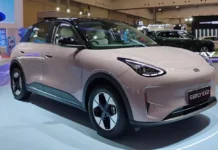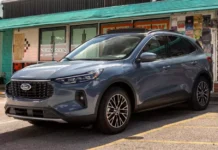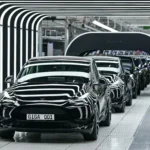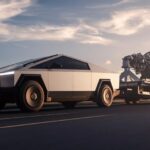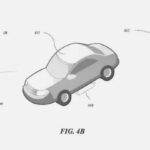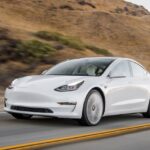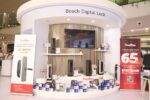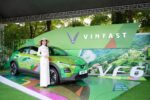After years of speculation, Twitter teasers, and a few timeline “adjustments” from Elon Musk, Tesla has officially unveiled its long-rumored robotaxi. The vehicle, officially named the Cybercab, takes design inspiration from the Cybertruck, and unlike many other robotaxi prototypes revealed in the past few years, this Tesla is actually headed for consumer sale.
Elon Musk Unveils the Tesla Cybercab: A Self-Driving Car Without a Steering Wheel or Pedals
Equipped with Tesla’s latest autonomous driving technology, approximately 20 Cybercabs were on display at the event, offering attendees the opportunity to experience test rides. The eccentric billionaire owner of Tesla, Elon Musk, declared that production would start in 2026, although during the live launch, he quickly admitted to having a tendency to be “optimistic” with timelines.
Defending his stance, Musk clarified that production would commence before 2027 and that the purchase price would be under $30,000.
As the Cybercab is envisioned without a steering wheel or pedals, Tesla won’t be able to start production or sales without prior regulatory approval. As expected of any new Tesla model, the interior is extremely minimalist, offering seating for two and featuring a large central infotainment screen, seemingly borrowed straight from the Model 3 or Model Y.
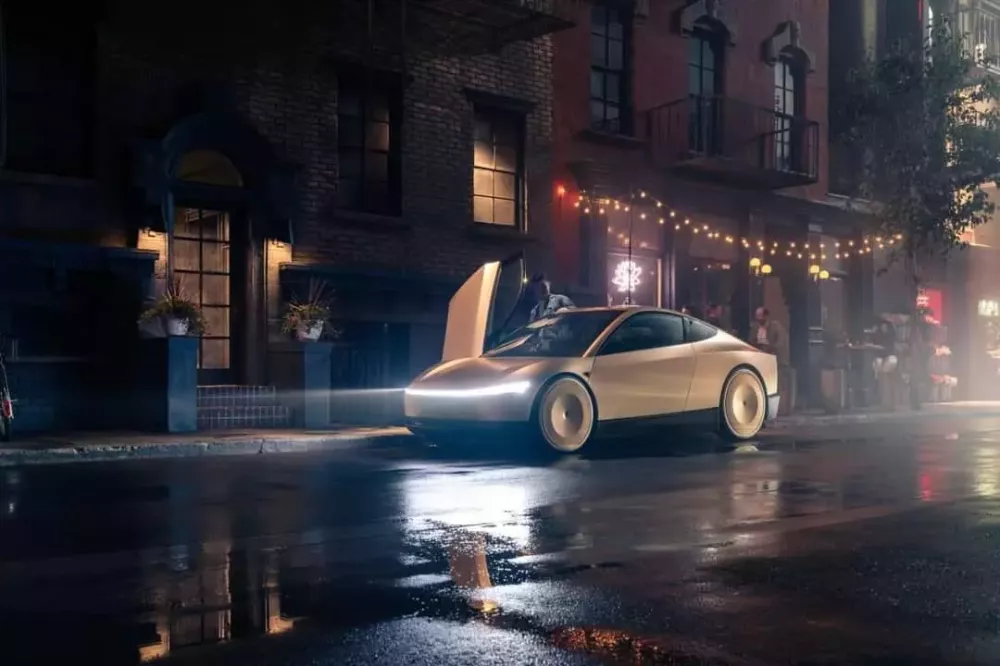
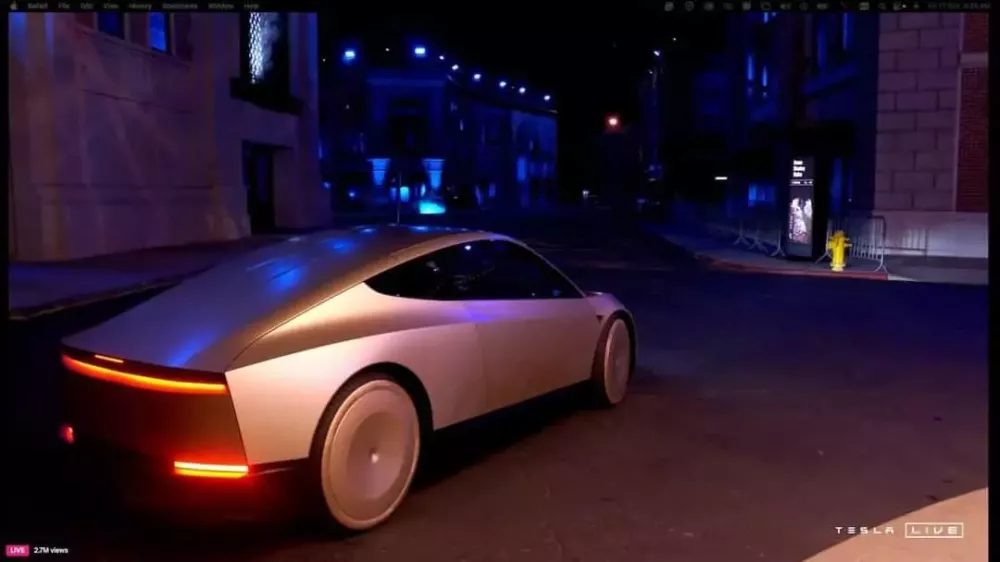
Similar to the electric Cybertruck, the exterior of the Cybercab is dominated by a single full-width LED bar at the front, giving it a futuristic look. You’ll also spot some familiar Tesla shapes and lines on the outside, including sharp creases running over the hood and pronounced haunches at the rear, reminiscent of the Model Y.
However, one standout feature not seen on any other Tesla model is the butterfly doors, inspired by supercars. In theory, these will aid entry and exit, but this door style requires a significant amount of opening space, which could prove challenging for users when parking in supermarkets, apartment complexes, and other tight spaces.
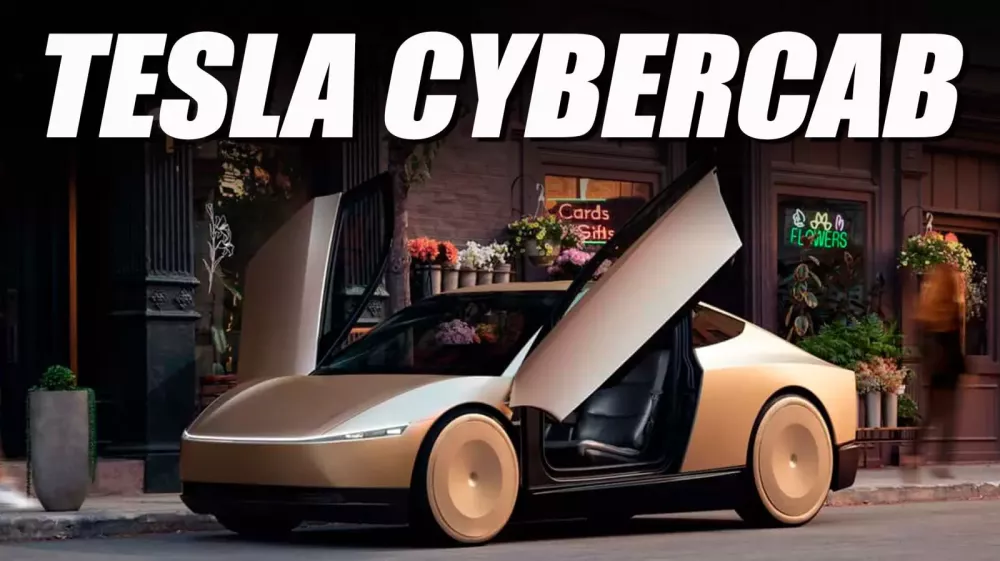
Tesla’s obsession with aerodynamics persists and evolves, with sturdy aerodynamic fairings on the wheels adding a few extra miles to the range. At the rear, you’ll find an ultra-slim light bar, unsurprisingly inspired by the Cybertruck’s design. And because this vehicle is built for full autonomy, there’s no need for outdated relics like side mirrors or even a rear window.
The company remains coy when discussing the Cybercab’s powertrain. No specific details were revealed about the vehicle’s range on a single charge, which seems like a crucial piece of information for a self-driving taxi designed for continuous operation throughout the day.
The Most Popular Tesla Cybertruck: The Six-Figure Truck Taking America by Storm
Tesla’s sales figures are impressive, to say the least. With numbers that far surpass its competitors, the Tesla Model Y is a force to be reckoned with. Outselling both the Ford F-150 Lightning and the GMC Hummer EV by a significant margin, Tesla has proven its dominance in the electric vehicle market.
The Gumball 3000: Three Vietnamese Overseas Millionaires Join with Two Unusual Car Models; A Challenging Charging Station for the Tesla Cybertruck
The 2024 roster for the world’s largest supercar event reveals an intriguing twist: four Vietnamese participants will be joining the rally, with their choice of vehicles being the Tesla Cybertruck and the Mercedes-Maybach S-Class. This is an unexpected turn of events, given that the Gumball 3000 is renowned for its exclusive focus on supercars.
The Long Wait for Tesla Model 3: Customers Still Awaiting Delivery After 6-7 Years of Booking
“Tesla’s journey in India has been a rollercoaster, to say the least, and one customer’s story highlights the challenges faced. Back in April 2016, this eager individual placed an order for the sleek and coveted Model 3. Fast forward seven long years, and he’s still waiting for his dream car to arrive. Yes, seven years is an eternity in the world of electric vehicles, and this patient customer’s story is a testament to the enduring desire for Tesla’s innovative offerings.”

